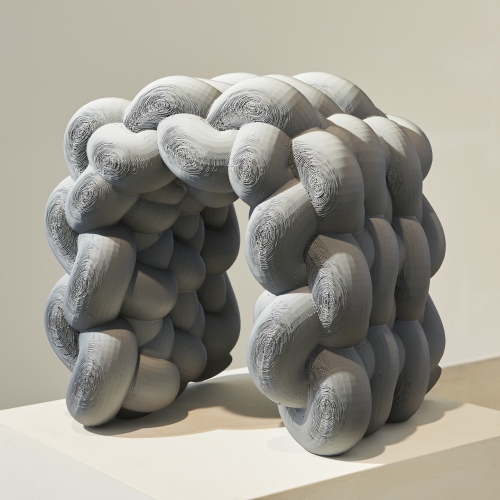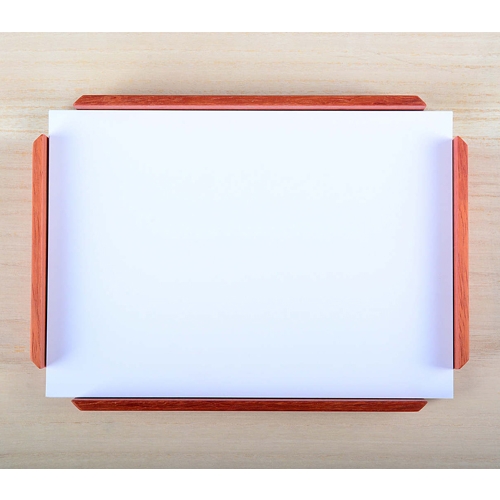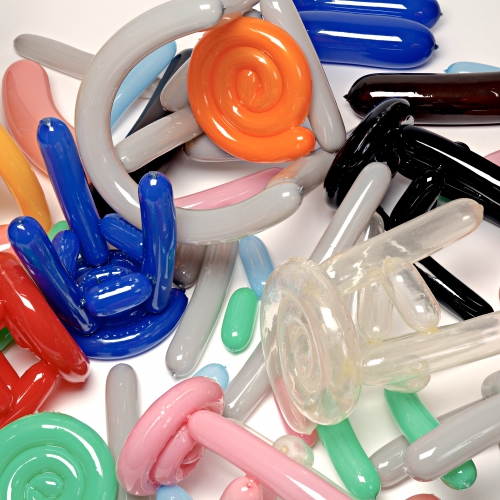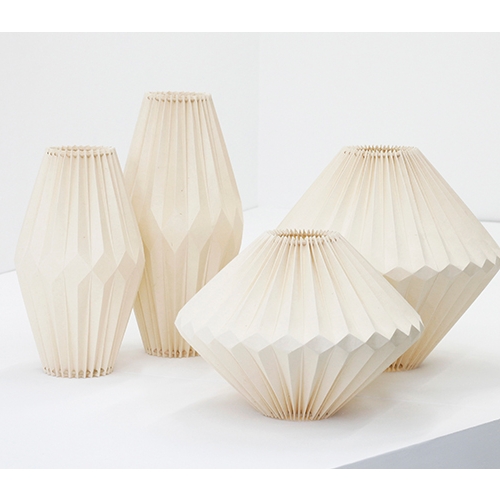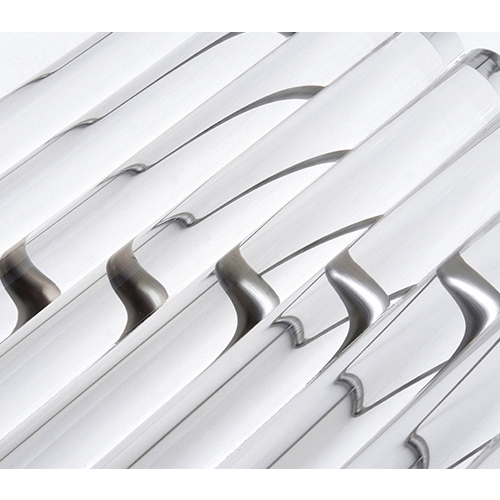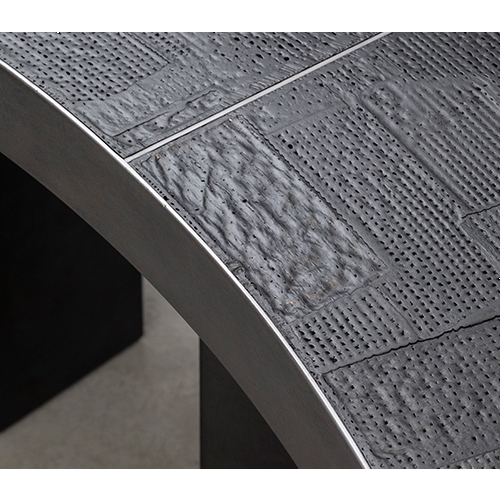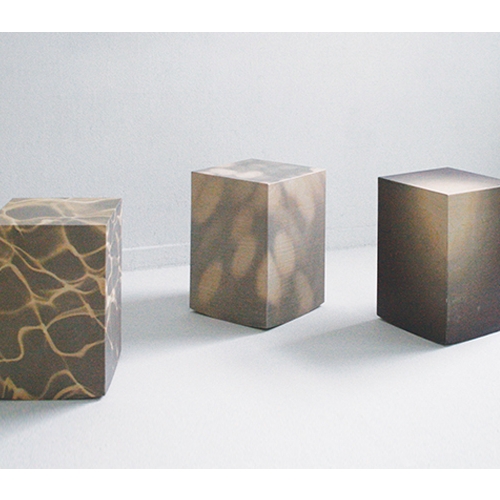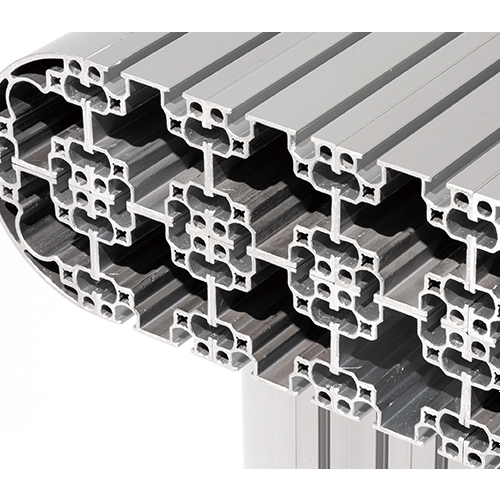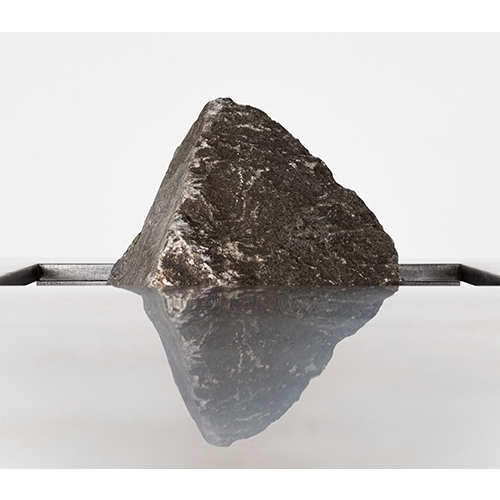Jeon San presents furniture and space design works using plywood and metal. His works do not feature any expensive materials or fancy formative elements. However, when one take a closer look, one can identify a carefully calculated structure and details. Sometimes, Jeon uses primary colours such as yellow, blue and red in a decisive manner. I met with Jeon San, who identifies as somewhere in ‘between a designer and master craftsman, with work between architecture and furniture, and works to fill a gap in the industry’.
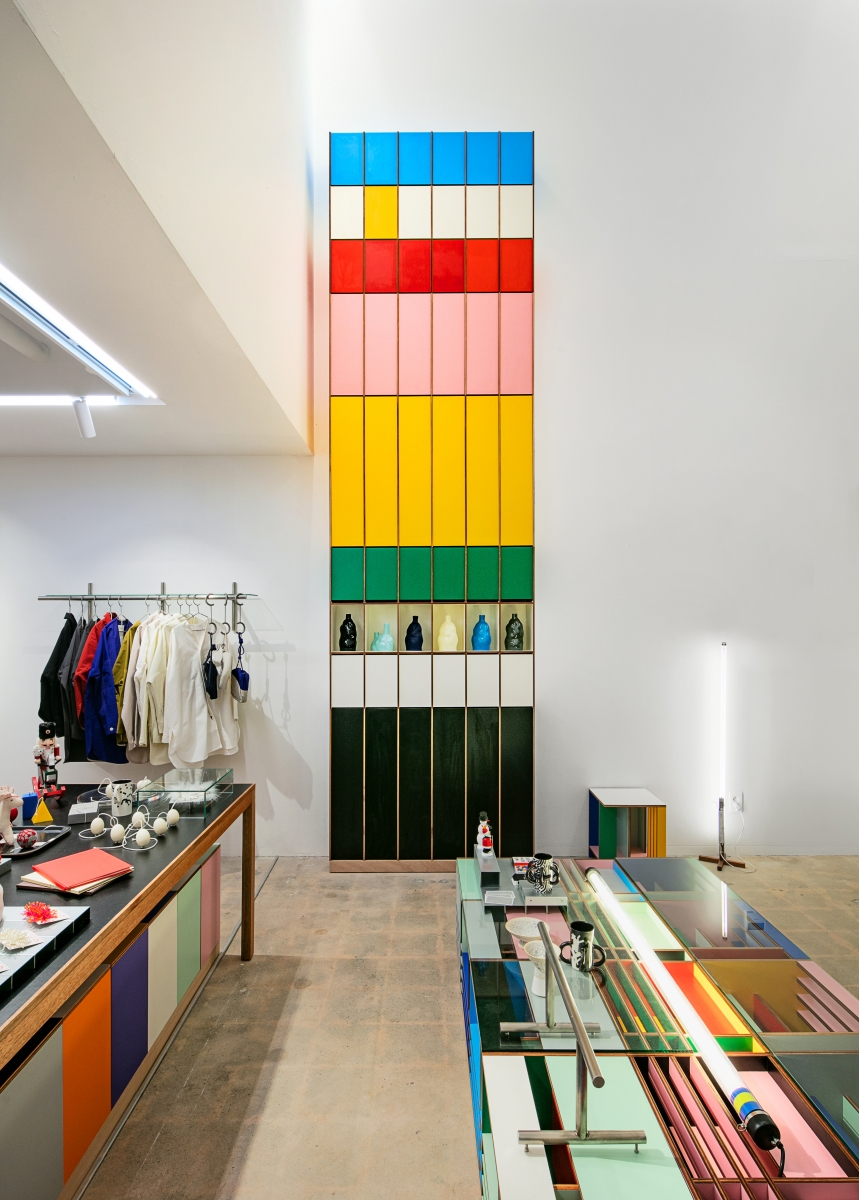
Jeon San, Color Side Series, 2019 (©Yongjoon Choi)
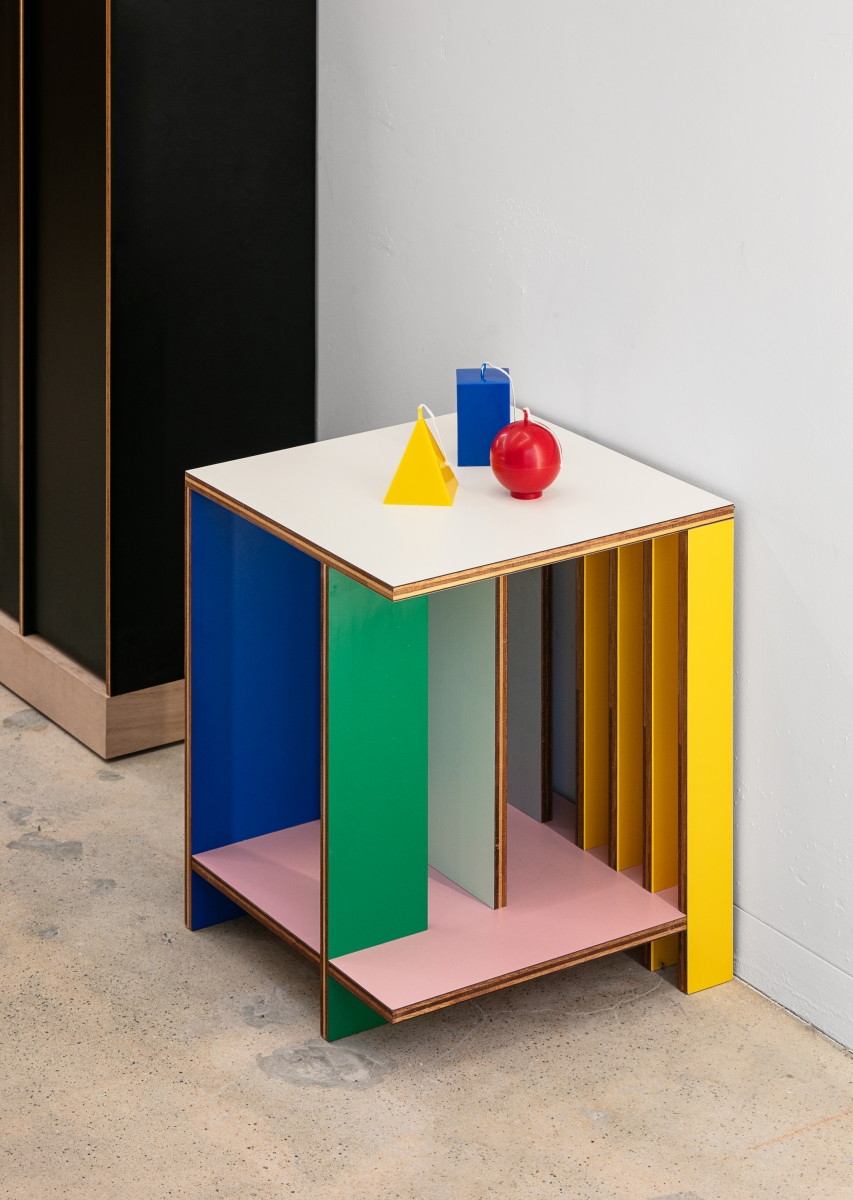
Jeon San, Color Side Stools, Lauan plywood, HPL, natural hard oil finish, 350×250×420mm, 2018 (©Yongjoon Choi)
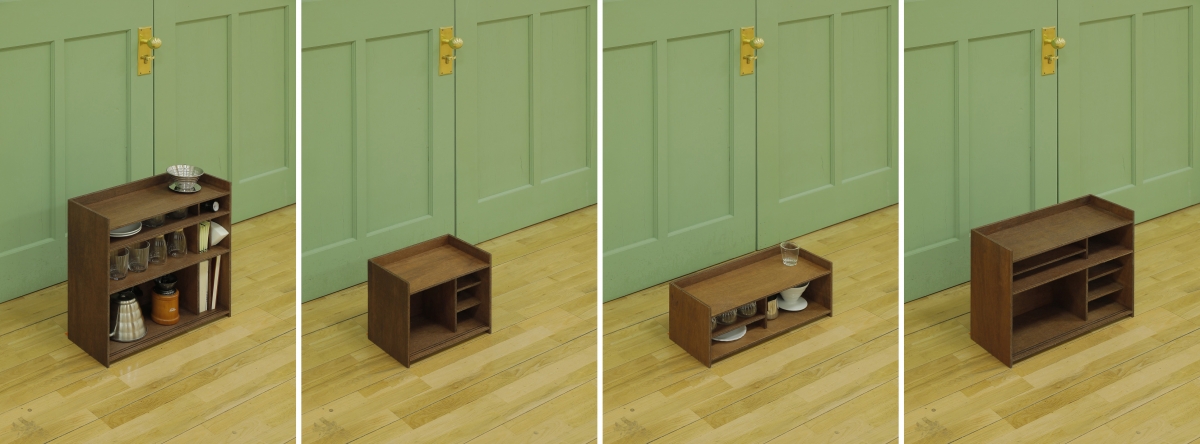
Jeon San, Small Storage Series, Lauan plywood, oil finish, Various size, 2018 (©Nathing Studio)
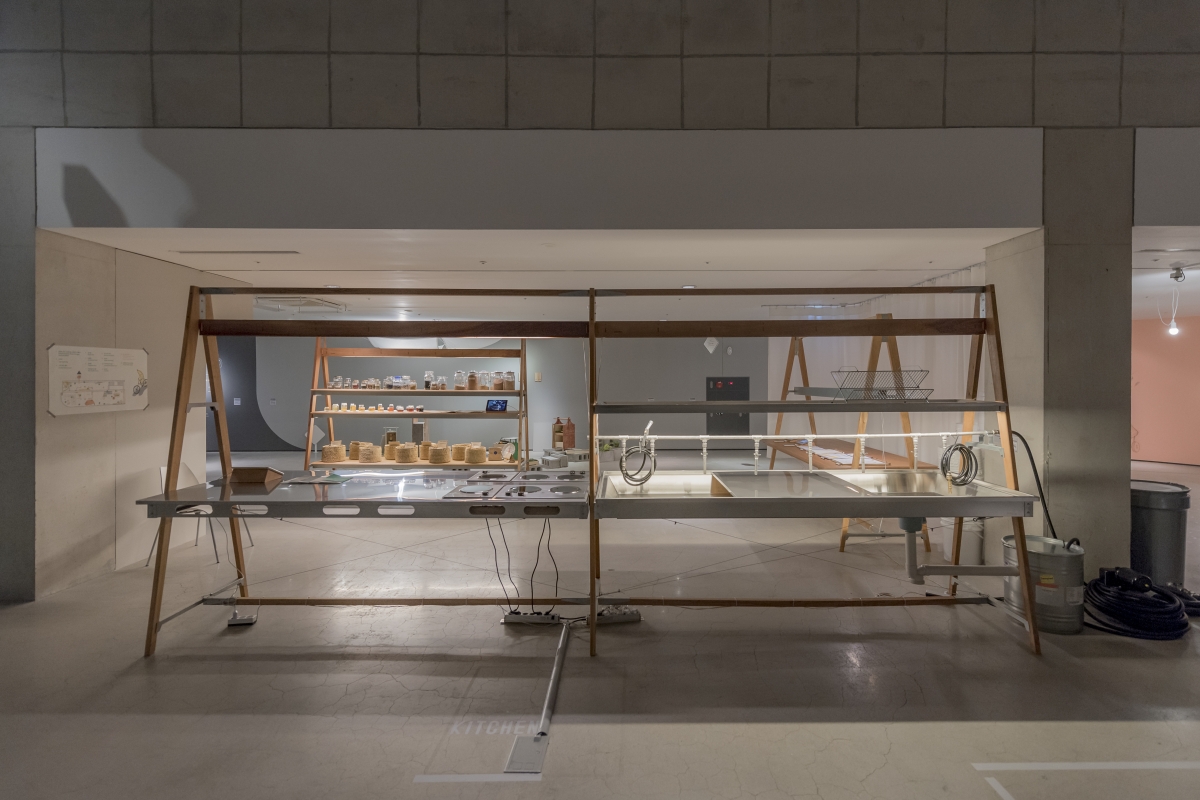
Jeon San, Sulguji Cha, Lauan hardwood, oil finish, zinc-cutting hardware, 2400×1100×2100mm, 2017 (Image courtesy of National Museum of Modern and Contemporary Art)
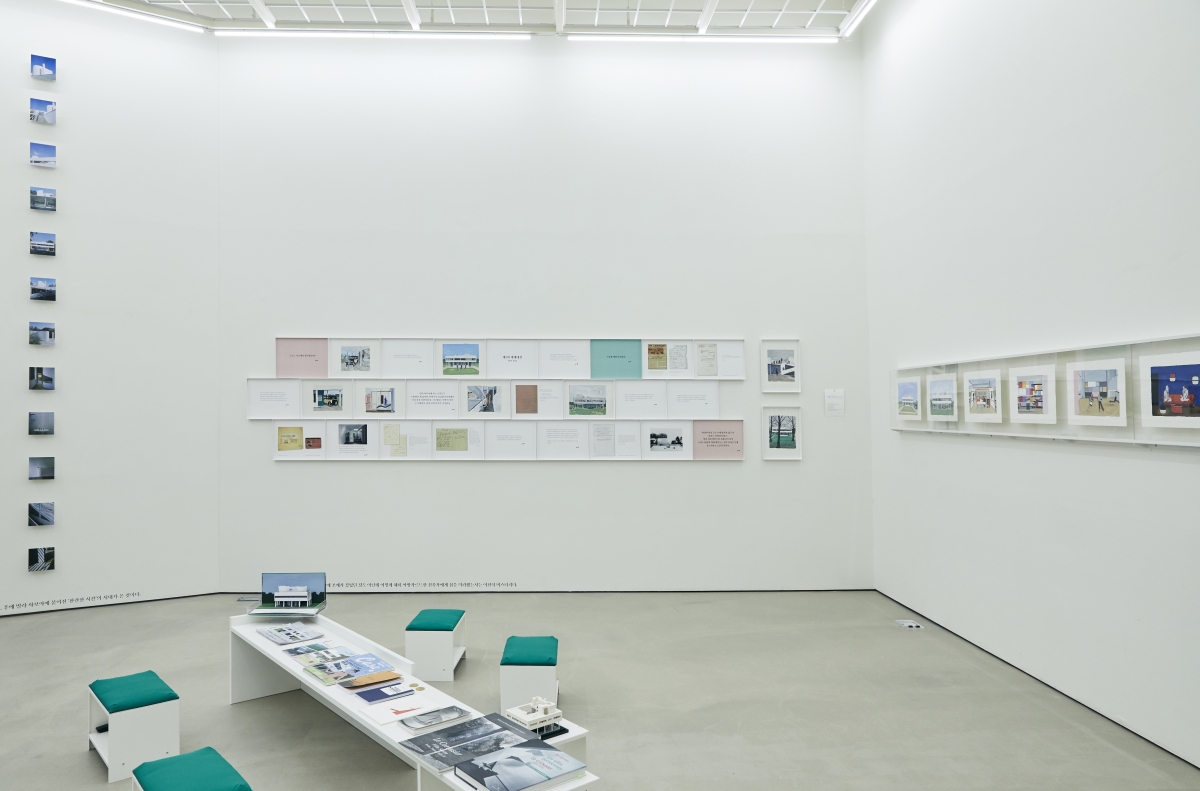
Exhibition view of ‘Le Corbusier: Les Heures Claires de la Villa Savoye’, 2018, (©Minhwa Maeng)
Interview Jeon San × Choi Eunhwa
Choi Eunhwa (Choi): You founded Jeonsan System and work alone.
Jeon San (Jeon): When I named my company, I intended to speak for the works themselves rather than the words. I put my name ‘Jeonsan(‘data processing’ in Korean)’ in front and added ‘System’ behind. There is a funny episode relating to the choice of name; when I sent my furniture out, the courier attached a ‘fragile’ sticker on the box thinking it was an electronic device because the company name ‘Jeonsan System (‘computer system’ in Korean)’ was written on the box. (Laugh)
Choi: As a designer, Sulguji Cha (‘washing-up vehicle’ in Korean) played a big role in promoting your work. How did you arrive at the specific topic of washing-up?
Jeon: I always hope my works would be useful to society. When I made my graduation work, I didn’t set up an imaginary client but began with the specific location of a local market, Marché@. The piece was designed to be dismantled and assembled in light of the nature of the mobile marketplace. The next considerations were the various and specific actions that take place in the marketplace. I observed individual behaviours, such as selling and cooking food, washing dishes, all of those sitting and eating, and produced 32 pieces of furniture that fulfilled these activities. Graduation works are usually discarded after the exhibition, but Sulguji Cha was actually used in Marché@. It was later exhibited in other locations, such as Culture Station Seoul 284 and National Museum of Modern and Contemporary Art and several sets were sold.
Choi: Color Side series are also popular. These works bonded plywood and colourful Formica, as seen in exhibitions and commercial spaces, but could also be ordered and sold to individuals.
Jeon: Color Side Shelves began as a modular bookshelf to be installed in the ‘Index’, café and bookshop. It’s a bookcase on plywood with an oil finish, and the prefabricated design made it possible to paint individual parts. I kept the modular shape, and coloured it and displayed it in the ‘TMO Shop’. I didn’t have any sales ambitions in mind, but since then I have been continually asked about purchase. Last year, I received a pre-order of the bookshelf through Instagram. There were 167 orders. Designing the work in detail made it a product, and so the sales continued, creating jobs at the factory in which I placed the orders. I felt proud to have had this kind of effect on society, as a designer.
Choi: What do you care most about when dealing with Formica plywood?
Jeon: Colour Side series uses a prefabricated structure while minimising the use of nails and other components. When viewed from the back, the Colour Side Shelves has a vertical material popped up, because it must be of a sufficiently secure length to fit other materials. Ideally, the furniture is completed with an oil finish or simply by fitting the plywood with glued Formica together. However, in reality, even if I buy 5mm thick plywood, it tends to be jagged from 4mm to 6mm. It takes a lot of care in the post process. If the furniture cannot find its grid structure, I adjust the assembly sequence from fitting the pieces to placing the pieces and then pressing the Formica.
Choi: Your works are mostly simple in form, but you must have concerned about it.
Jeon: I value proportion. Small Storage Series presented in ‘Winter Coffee Club’ is an example. I produced about 60 cabinets to store coffee and other goods in different subdivisions. I tried to make a furniture series of a similar appearance, with various inner subdivisions, but I habitually drew vertical lines at one-third of the sides in spite of myself. Only after gathering my work, I did realise that I liked the ratio of 1:2.
Choi: You frequently participate in exhibitions, such as ‘DMZ’, ‘Winter Coffee Club’ and ‘Le Corbusier: Les Heures Claires de la Villa Savoye’. What does the exhibition format mean to you?
Jeon: Most of the exhibitions reveal the work in its best sense but in the worst conditions, such as a minimum budget and over the shortest period. Frankly speaking, it is very challenging. However exhibitions require specific conditions; for example, it is like placing the work A and B side by side, hanging C in mid-air, and framing the work D to G. Based on these conditions, I could produce very different works to my previous or personal ones. The exhibition is a catalyst to expand my scope of work.
Choi: You are participating in an exhibition that opens this January, ‘Hotel Express 284’, with the work Hotel Archive: Memory of Things that shows historical materials from the 20th century when the hotel culture was not yet settled.
Jeon: It is an archive work that displays various things such as photographs of someone drinking coffee in a hotel café in 1905, stamps collected during ones’ travels, suitcases, taking water boats and enjoying shooting and casinos in the 1960s and 1970s. Looking over Korean modern and contemporary history, it was not ordinary citizens who could enjoy hotels and travel in those days. I was surprised that someone had such an extravagant time in that period. I didn’t want to put it in a glass showcase in general as if it were precious historical materials. It is also significant that the space given to the show was the ‘VIP room’. The materials were arranged on the red carpeted floor and covered with glass. I wanted to reverse the status of historical materials.
Choi: The schedule for this exhibition was also hectic. What did you focus on when you were running out of time?
Jeon: I’ve got a call three days before the opening. It wasn’t a situation in which I could buy materials or entrust the production to others because it was a weekend. I have three principles for this project. ‘Don’t create anything’, ‘don’t use any equipment’, and ‘every material I need must be picked up or purchased off-the-shelf’. The glass and beads covering the material is the off-the-shelf product, and the pipe next to it was the leftovers of other artists in the exhibition.
Choi: What is your future direction?
Jeon: I want to run the Jeonsan System in two tracks: one is to design something new, taking each work at a time, another all the time, and the other is to organise space using the furniture that had already been designed. I want to produce new work with a stable foundation.
jeonsansystem.com






